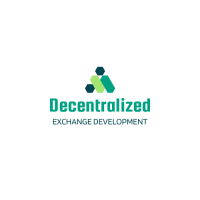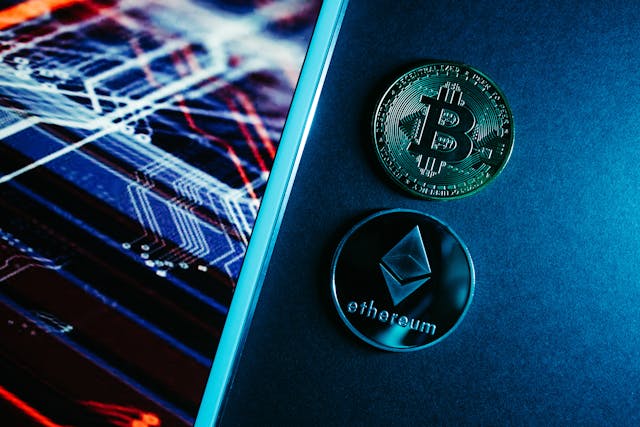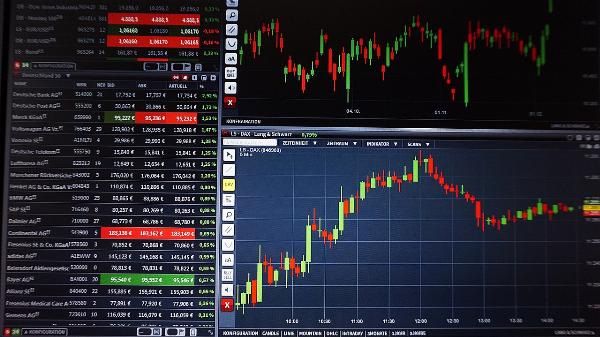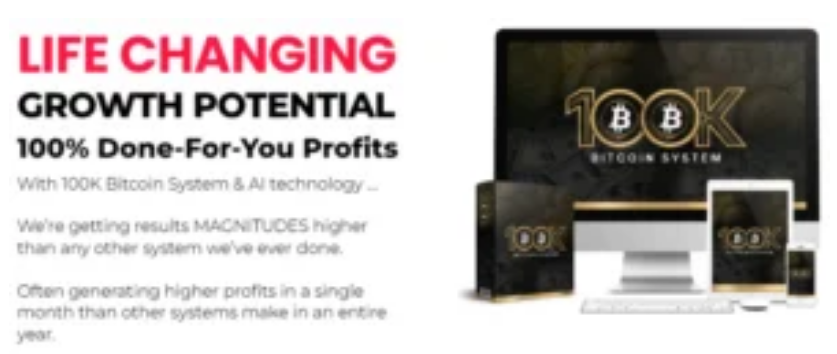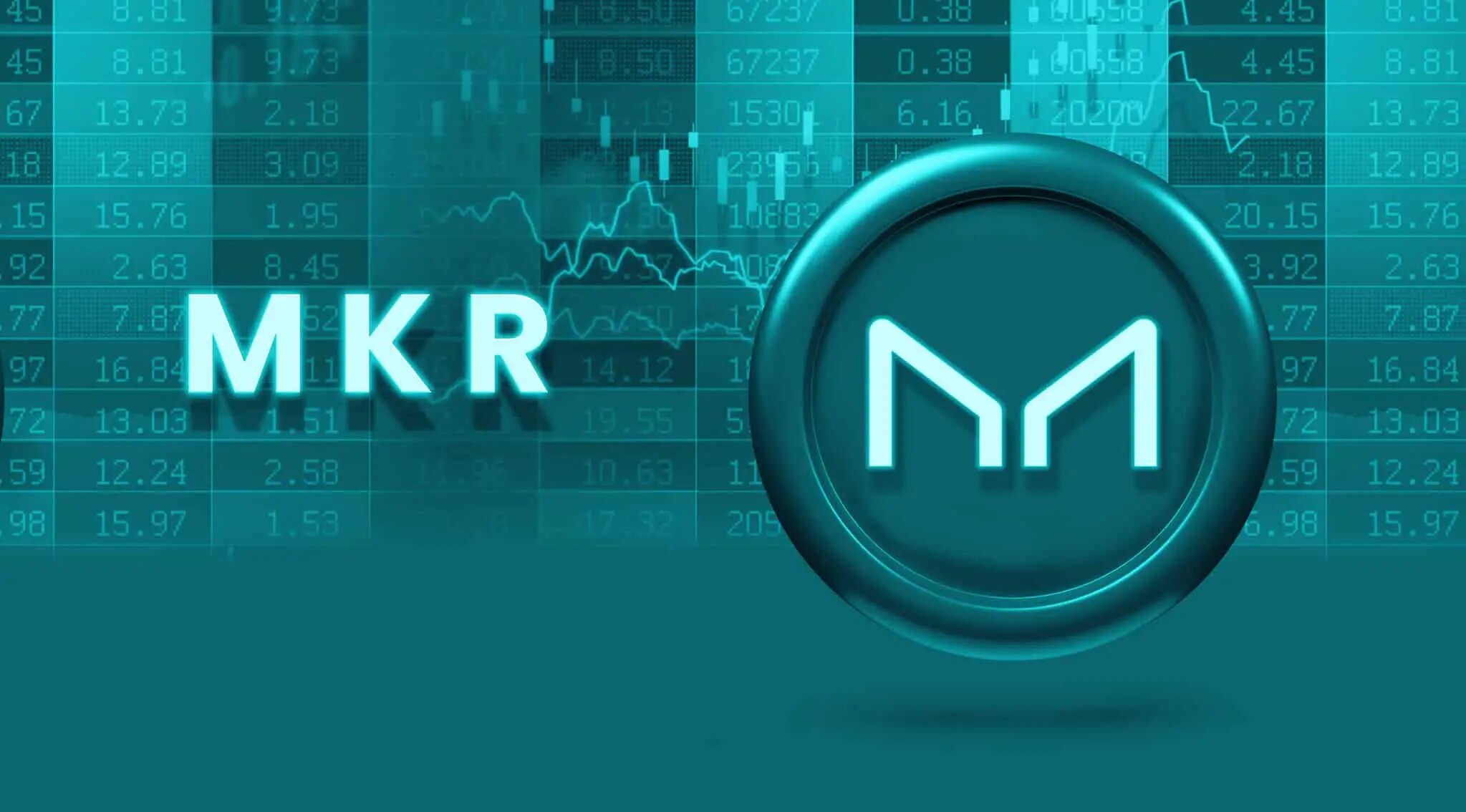Decentralized Exchange Explained: Benefits, Features, and Future

Strong 8k brings an ultra-HD IPTV experience to your living room and your pocket.
In the digital age, decentralized technologies are transforming traditional systems—none more notably than in financial trading. A Decentralized Exchange (DEX) is a key innovation that eliminates the need for intermediaries, allowing users to trade cryptocurrencies directly with one another. As centralized exchanges face criticism over control, security, and censorship risks, DEX platforms offer a compelling alternative.
This article explains what a decentralized exchange is, how it works, its core features and benefits, and the direction this technology may take in the future. We’ll also explore aspects of Decentralized Exchange Software Development, and how they collectively shape this evolving ecosystem.
What Is a Decentralized Exchange (DEX)?
A decentralized exchange is a peer-to-peer marketplace that enables users to trade digital assets without giving up custody of their funds. Unlike centralized exchanges that act as intermediaries, DEXs use blockchain-based smart contracts to facilitate trades.
Core Features of a Decentralized Exchange
1. Non-Custodial Architecture: Users retain full control over their private keys and assets. This reduces the risks associated with custodial breaches or platform insolvency.
2. Smart Contract-Based Trading: Trades are executed automatically using smart contracts, ensuring trustless interactions between buyers and sellers.
3. Transparency: All transactions are recorded on public blockchains, allowing any user to audit the trade history and platform activity.
4. Open Access: Most DEXs do not require user verification (KYC), providing accessibility to users in regions with restrictive regulations.
5. Token Variety: DEXs often support a wide range of tokens, including newly launched or experimental assets, since listings are not subject to centralized approval processes.
Each transaction is settled directly on-chain, and users interact with the protocol using crypto wallets. This architecture enhances transparency and eliminates the need to trust a third party to manage assets or maintain records.
Decentralized Exchange Software Development: Technical Foundations
The technical side of Decentralized Exchange Software Development typically involves several core components. These include smart contracts that manage fund transfers and trade execution, automated market makers (AMMs) that facilitate liquidity without centralized order books, and front-end interfaces for user interaction. Developers must also work with specific blockchain infrastructures and sometimes incorporate Layer 2 or cross-chain compatibility for better scalability and reduced fees.
Challenges and Limitations
Despite the benefits, decentralized exchanges face notable challenges. These include liquidity shortages, slower transaction speeds, and complex user interfaces. Security also remains a concern—while decentralized by design, vulnerabilities in smart contracts can expose users to risk. Addressing these limitations remains a top priority within ongoing DEX Development efforts.
The Future of Decentralized Exchanges
The future of decentralized exchanges is shaped by ongoing innovation in blockchain infrastructure, regulatory developments, and user adoption patterns. From cross-chain trading to DAO governance and institutional use cases, DEXs are poised for continued evolution.
Conclusion
Decentralized exchanges represent a major advancement in how digital assets are traded, offering users more control, transparency, and access. As Decentralized Exchange Development continues, supported by expert DEX Development Services and sound Decentralized Exchange Software Development, DEXs are becoming more scalable and user-friendly. This positions them as a crucial part of the future financial landscape.
Note: IndiBlogHub features both user-submitted and editorial content. We do not verify third-party contributions. Read our Disclaimer and Privacy Policyfor details.

